Calling upon the powers of darkness in Dungeons & Dragons 5E is highly recommended, as it gives you so many cool options. Invocations are a series of additional features available to Warlocks in DnD 5E, and they vary wildly in power. The best Invocations in the game can seem quite tame at first glance, but they quickly become important tools in your arsenal over the course of your adventure.
Invocations are a Warlock class feature available at level two. You get two of them at that point, then one additional Invocation at levels five, seven, nine, 12, 15, and 18—for a total of eight. Other classes can get low-level Invocations through the Eldritch Adept feat. Whenever you level up, you can swap an Invocation out for another, so you’ll never be locked into an option that you can’t make good use of.
The 10 best Warlock Invocations in 5E
The best Invocations in 5E resolve issues with the Warlock’s other base mechanics: Their overreliance on spells, their restrictive spell list, and their anti-synergistic spells. Through Invocations, Warlocks can cover their bases much easier, or access completely new abilities that let them control the battlefield.
10. Protection of the Talisman
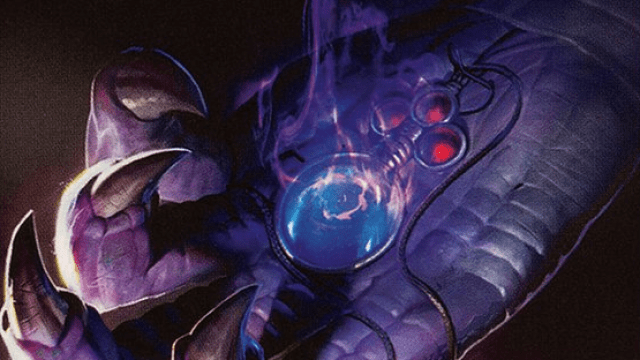
If you took Pact of the Talisman, you’re probably going to want to pick this up. Protection of the Talisman adds a d4 to the saving throw of whoever is holding your talisman a limited number of times per day.
Only one person can have this talisman, and they only get a number of d4s equal to your proficiency modifier. But barely failing a saving throw is such a chore. By adding a d4, you could potentially turn something devastating—like Hold Monster or Feeblemind on a Wizard—into a wasted spell for your opponent. By level seven, this is a fairly large bump, and will continue to be impactful into the lategame.
However, it takes a lot of sense to make good use of this, or a DM who is nice about revealing saving throw DCs. You will almost never be told how close your target was to actually saving against the effect, but you can estimate the DC by looking at your own magic. Most enemies have DCs fairly close to those of player character—a bit higher for bosses, and a bit lower for a lackies. So, if your d4 gets the target close to saving against your magic, it should be relatively similar to what an enemy has to offer.
That said, Talisman is by far the weakest of the pacts, simply due to how little support it has.
9. Ghostly Gaze
If you’ve ever worried about scouting, worry no longer. Ghostly Gaze lets you see through objects within 30 feet, including walls.
This means, in normal dungeon scenarios, you are capable of seeing through a door to see what the next encounter looks like, or potentially use it to spy on meetings or situations. You might not hear what they’re saying, but if you position yourself correctly, you might be able to read papers or boards and get an idea.
This is an excellent scouting and information-gathering ability, hampered only by the fact that it needs your concentration.
8. Thirsting Blade
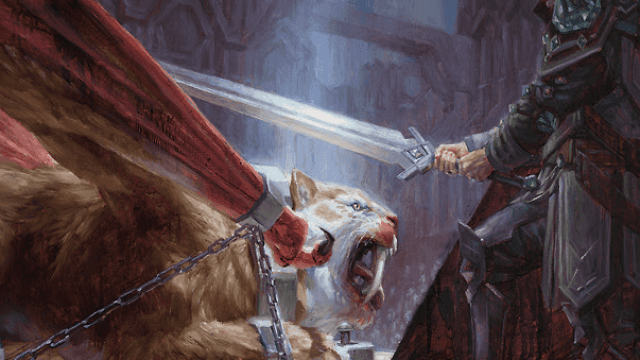
Thirsting Blade is a must-have for Pact of the Blade Warlocks, granting an Extra Attack with your pact-bound weapon. This usually lets your pact weapon keep up with Eldritch Blast, as otherwise the Warlock is stuck with one swing per round.
Somewhat of a departure from BG3, which gives you an Extra Attack for free, this feature is mostly a tax for those who want to build a weapon Warlock consistently. Sadly, this makes it only truly useful for multiclassing Warlocks or Hexblades.
That said, doubling a weapon-wielding Warlock’s damage is definitely worth the Invocation. Hexblades make it a worthy pick for sure. Lifedrinker is a great follow-up Invocation, though much later.
7. Shroud of Shadow
This level 15 Invocation allows you to cast Invisibility at will. Invisibility is a fantastic spell, so Shroud of Shadow is very much worth picking up.
By level 15, Invisibility is no longer a dominant and powerful force. There are widespread solutions to it by now—See Invisibility, Truesight, or Blindsight, for instance, will trounce the effect.
However, you can use this ability at will. You can keep it online outside of a fight and only turn it off once the fight begins or once you get caught. Some enemies might have to use resources, like actions and spell slots, to find you—which is a huge win for a spell you didn’t spend anything on.
6. Sculptor of Flesh
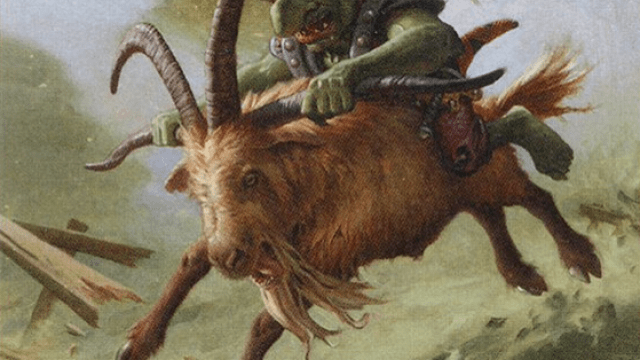
Sculptor of Flesh is a level seven Invocation that lets you cast Polymorph once per day by spending a Pact Magic slot.
This might not sound impressive, since you’re not even learning Polymorph. You can just cast it once, still spending a resource and action. However, Polymorph is such a strong spell that it is worth having on any caster. It can be a massive debuff to an enemy or turn an ally into something that can fight off foes for a while, potentially keeping them from kicking the bucket. That three-health Rogue is a bit more intimidating as a Mammoth.
The utility of this spell earns it a slot on your spell list, even through an Invocation. But, this is one of the few Invocations that lets you cast a spell that you can afford to learn. Most of the others aren’t impactful enough.
5. Eldritch Mind
Eldritch Mind gives Warlocks advantage on concentration checks. Nice and simple.
Of the 134 spells that Warlock has on their spell list, 65 require concentration. This includes legendary Warlock options like Hex, Darkness, Fly, Hunger of Hadar, and many more. Keeping these online until you want to drop them is vitally important for a class with such limited options between rests. Dropping Hex, for instance, is worth crying over, since you would otherwise be able to use it all day.
This gives you a much better chance to get it again. Combined with a feat like Resilient, your Warlock will only really drop concentration if you get absolutely decimated by magic. And that’s important, because many of the Warlock’s best spells want to stay active for minutes or hours at a time.
4. Devil’s Sight
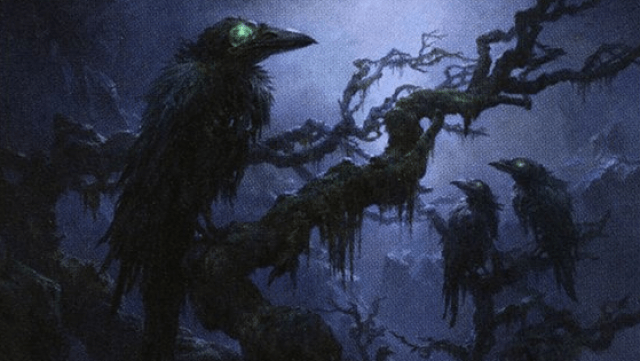
Devil’s Sight endows you with a special kind of Darkvision that lets you see through magical darkness.
To start, Darkvision is perhaps the most useful vision type in the entire game. Being able to just see most things on the material plane without a torch is a good thing. It helps that you get 120 feet of this vision type, meaning you outrange most racial Darkvision by 60 feet, which is more than enough to get the drop on unsuspecting bystanders.
Seeing through magical darkness is another beast entirely. Darkness is a powerful spell that obscures everything. So, if you set up Darkness and then shoot into it—or out of it—with Eldritch Blast, you’ll have advantage on targeting enemies. And enemies are going to have a lot of trouble targeting you.
This effectively turns Darkness and similar sources of magical dark-based obscuration into powerful but personal defensive tools.
3. Investment of the Chain Master
If you want Pact of the Chain to function correctly, you need Investment of the Chain Master. This Invocation grants five benefits to you and your familiar; the familiar gains a fly or swim speed of 40 feet, you can make it attack as a bonus action, their attacks become magical, their save DCs improve to match yours, and you can use a reaction to give the familiar resistance.
This huge pile of features is an apology for how familiars work. Making something like the Imp swing as a bonus action is critical. Warlocks don’t have amazing bonus actions once Hex is applied, so the sting of an Imp or pseudodragon can be legitimately impactful in that slot.
The other parts of the feature are a bit less important, but still improve your familiar significantly. Improving the chance for your Imp to deal significant damage or your pseudodragon to poison is quite nice. And while the Imp resists nonmagical physical damage, giving it resistance in the future might let it eat a hit or two before dying.
2. Book of Ancient Secrets
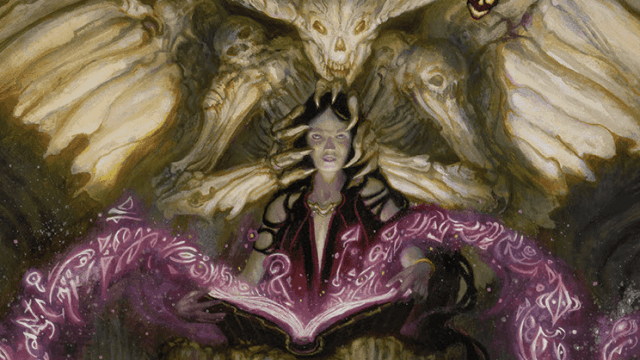
Like some other entries on this list, this is a must-have if you took Pact of the Tome. The Book of Ancient Secrets gives the Warlock a spellbook, which they can use to copy ritual spells. These spells must be cast as rituals, but can come from any class in the game.
This is an expansive and powerful ability. Even if you take the surface benefit of picking up the Book, you’re getting two ritual spells for free. We like Find Familiar and either Alarm or Identify, depending on the party composition.
Afterward, you don’t naturally learn any ritual spells. You have to find them in the wild, either on scrolls or in spellbooks. This means you’ll probably be able to find a handful of additional spells on your adventure.
And, honestly, that’s all you really need. Warlocks get a total of 15 spells known over the course of their adventure. So, adding up to 34 more ritual options to your list is a great idea.
Be sure to take Gift of the Protectors at level nine once you have it.
1. Agonizing Blast
A rather simple Invocation makes it to the top of our list. Agonizing Blast adds your Charisma modifier to the damage rolls of Eldritch Blast. That’s it.
So, why does it top our list? Well, very few Invocations actively boost damage. The closest is Lifedrinker, which improves damage with melee weapons by an amount equal to your Charisma modifier. Sounds familiar, but Agonizing Blast is a level one Invocation, while Lifedrinker is level 12.
Eldritch Blast also hits four times by level 17—or, more realistically for standard campaigns, three times by level 11. That means you’ll add your Charisma to your damage three times in the average turn, usually boosting your damage by 15 to 18 per turn by level 12. It’s a crowd favorite in 5E and BG3 alike.
Agonizing Blast is universally useful for any Warlock. Even melee-focused Warlocks tend to take this small Invocation tax to make their ranged options more viable. So, here it sits as king of our list.


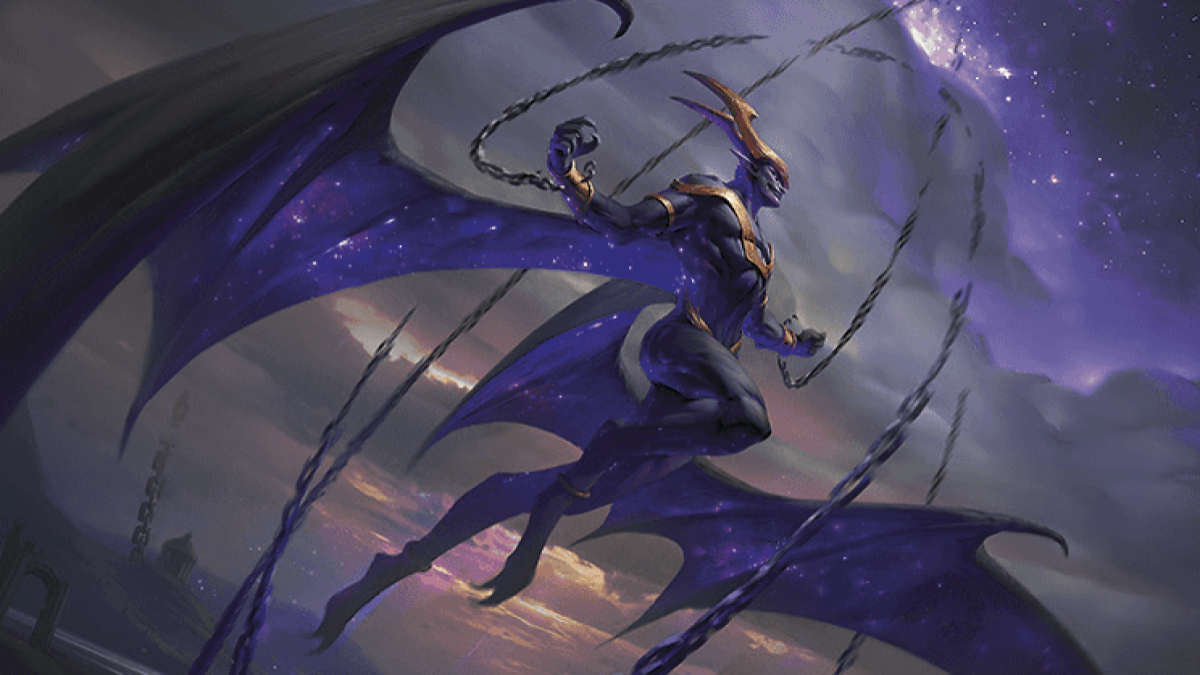
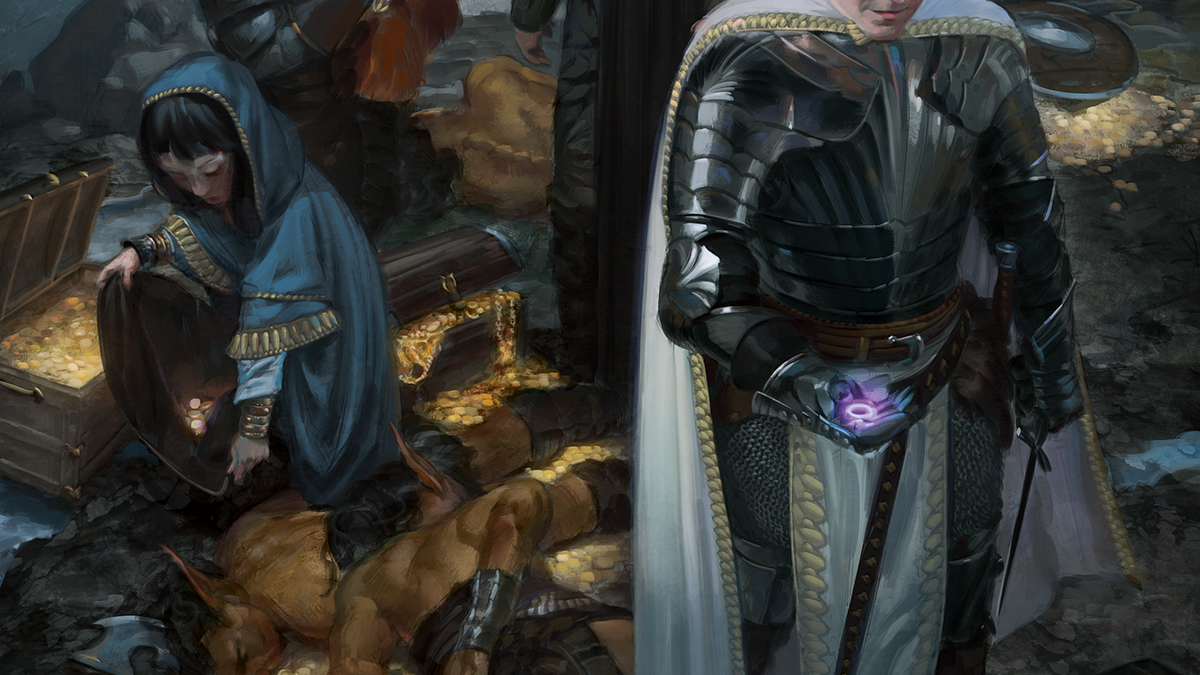


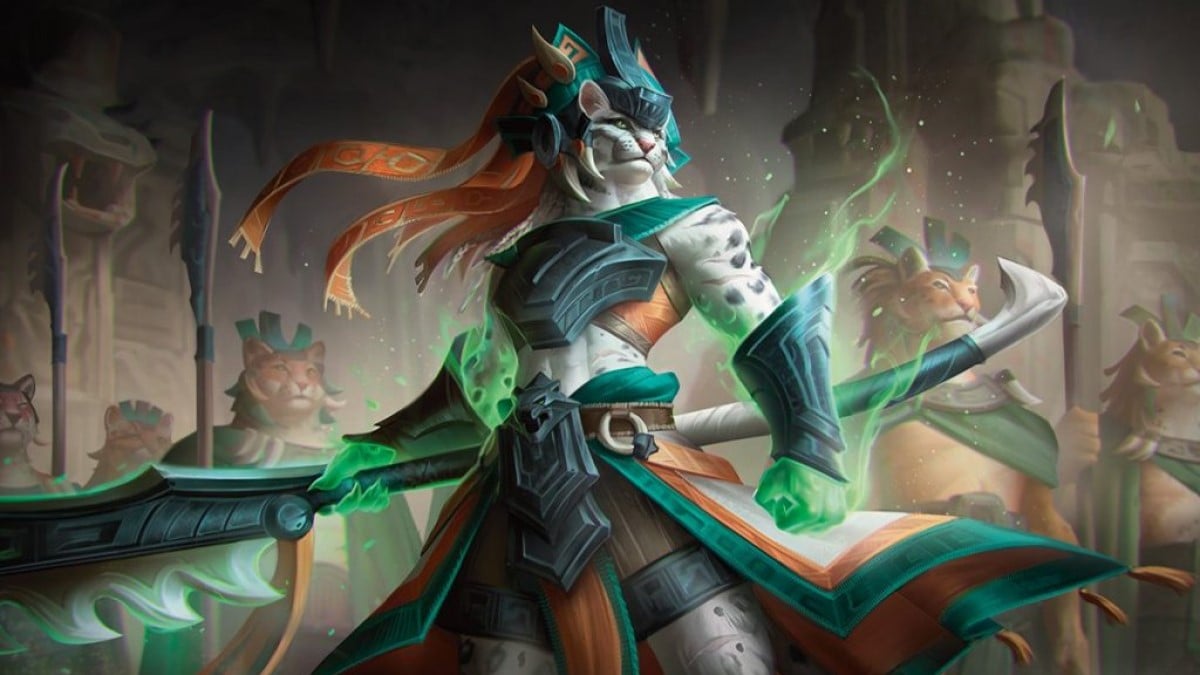
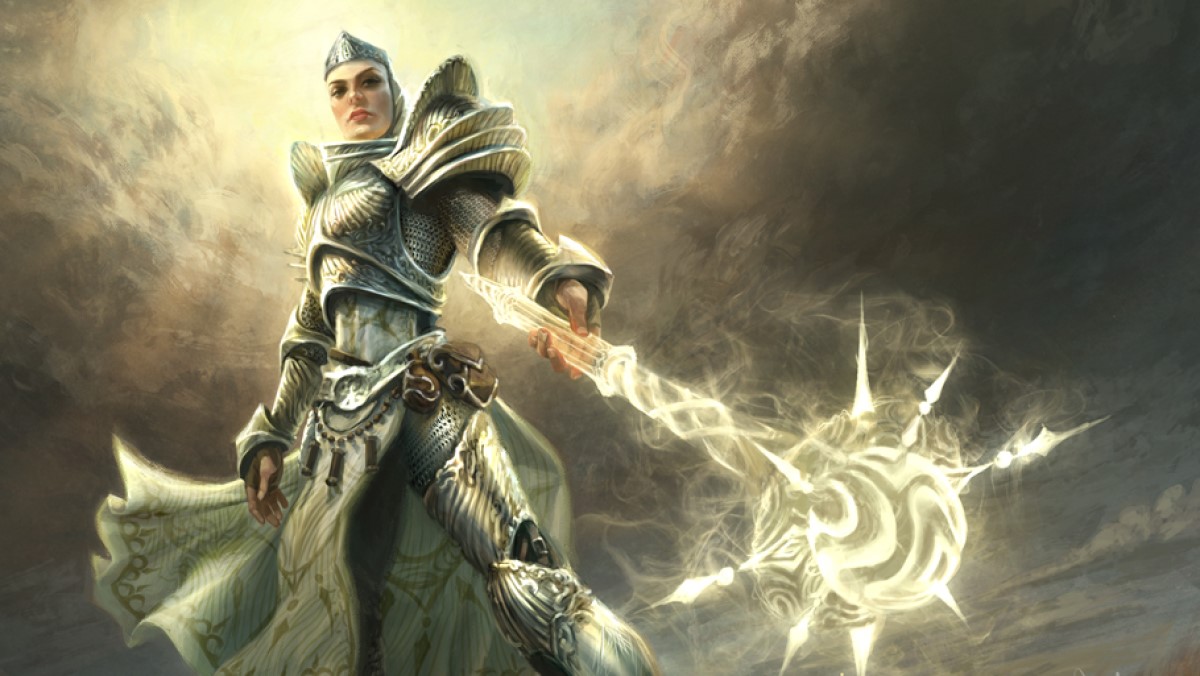

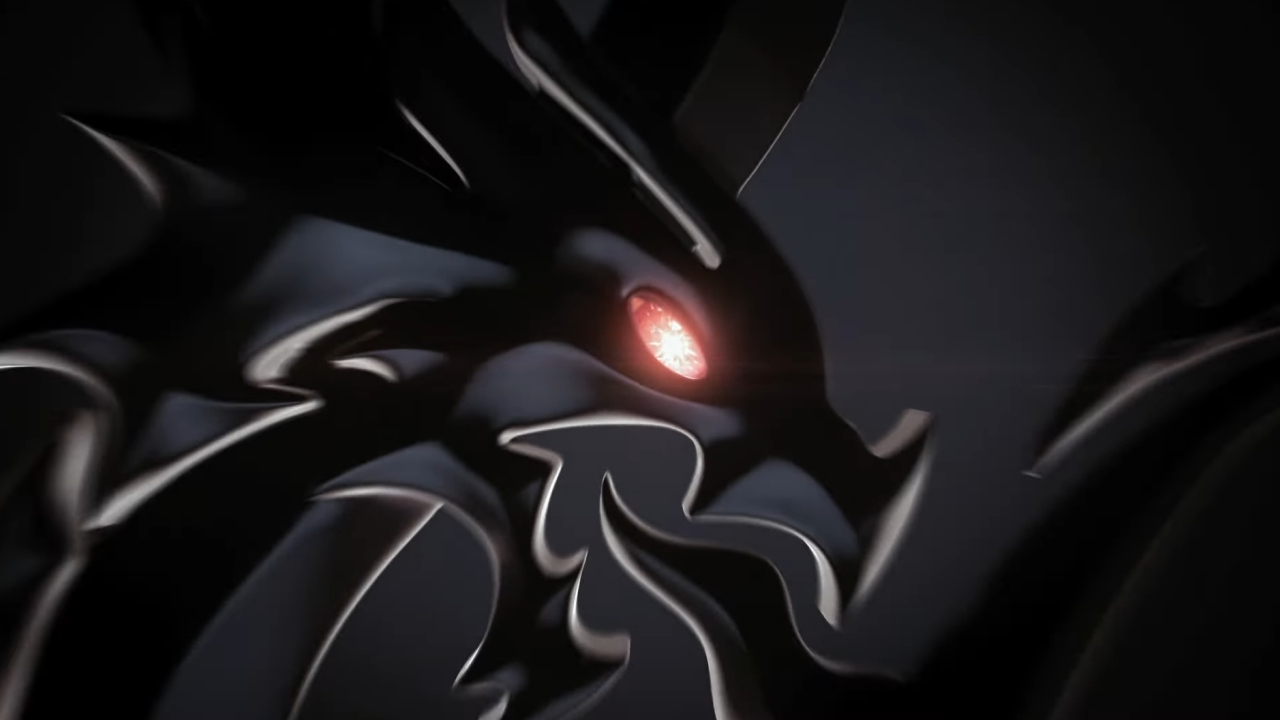
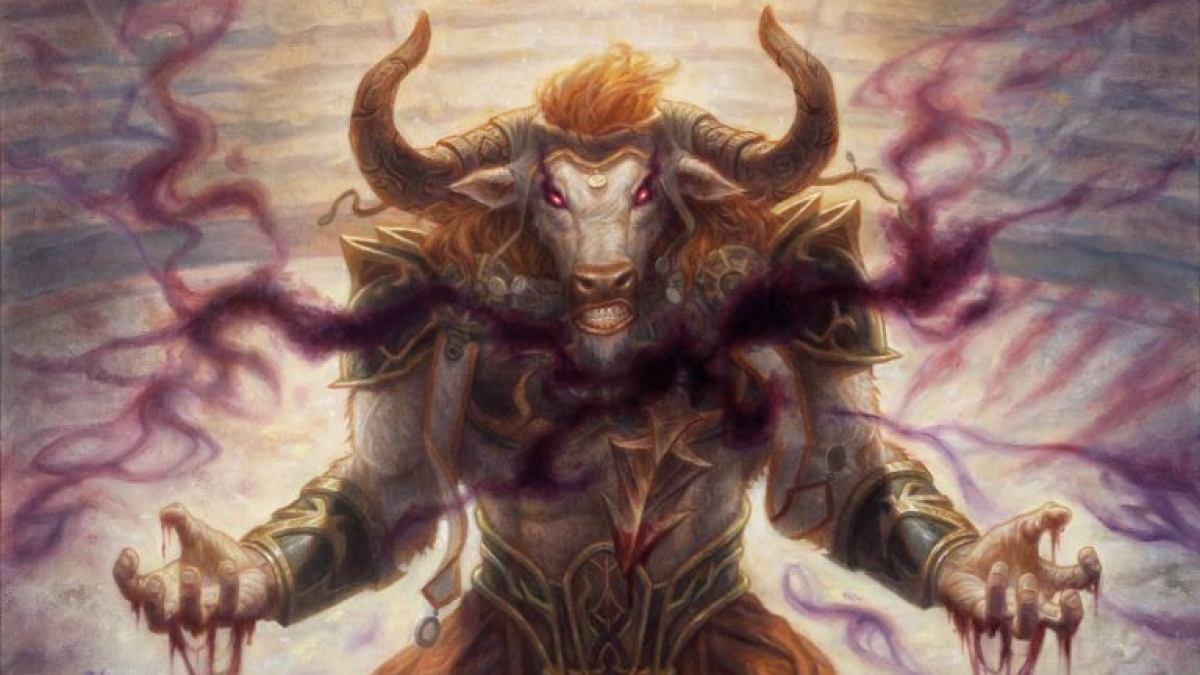

Published: Oct 8, 2023 09:57 am